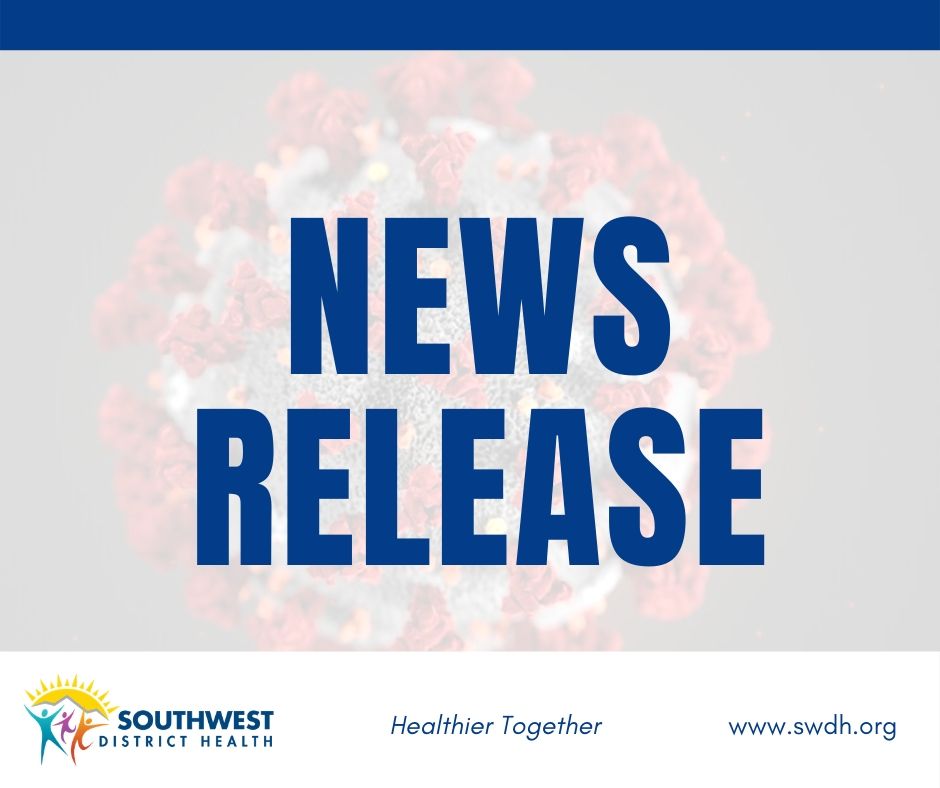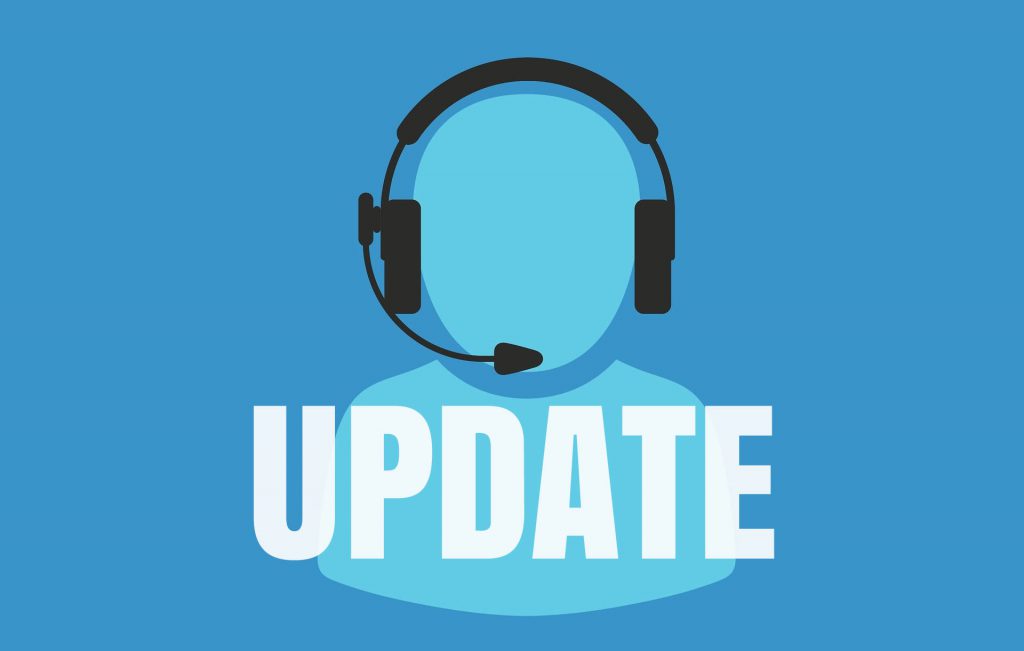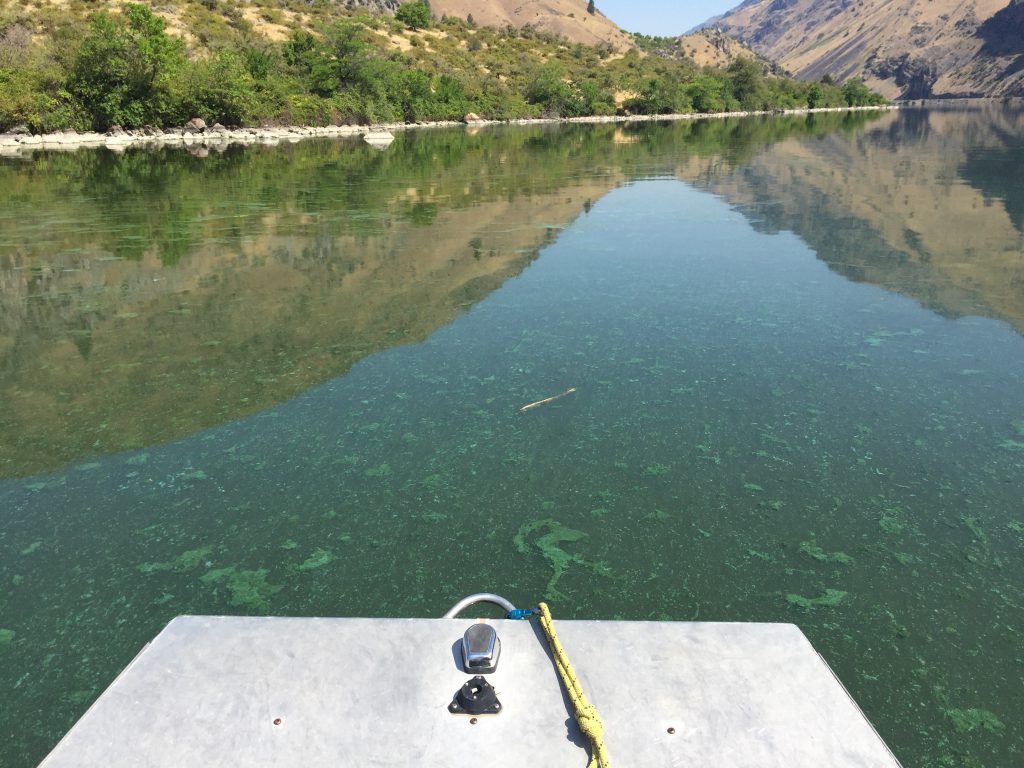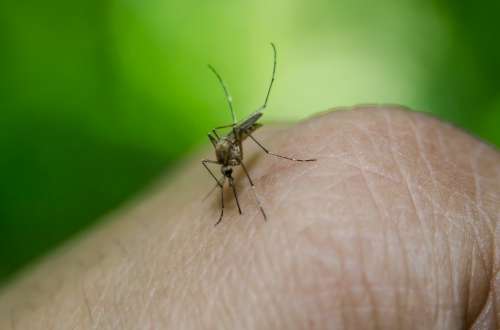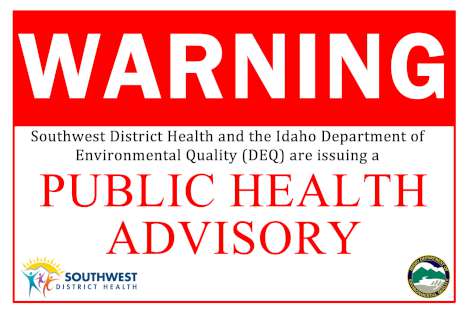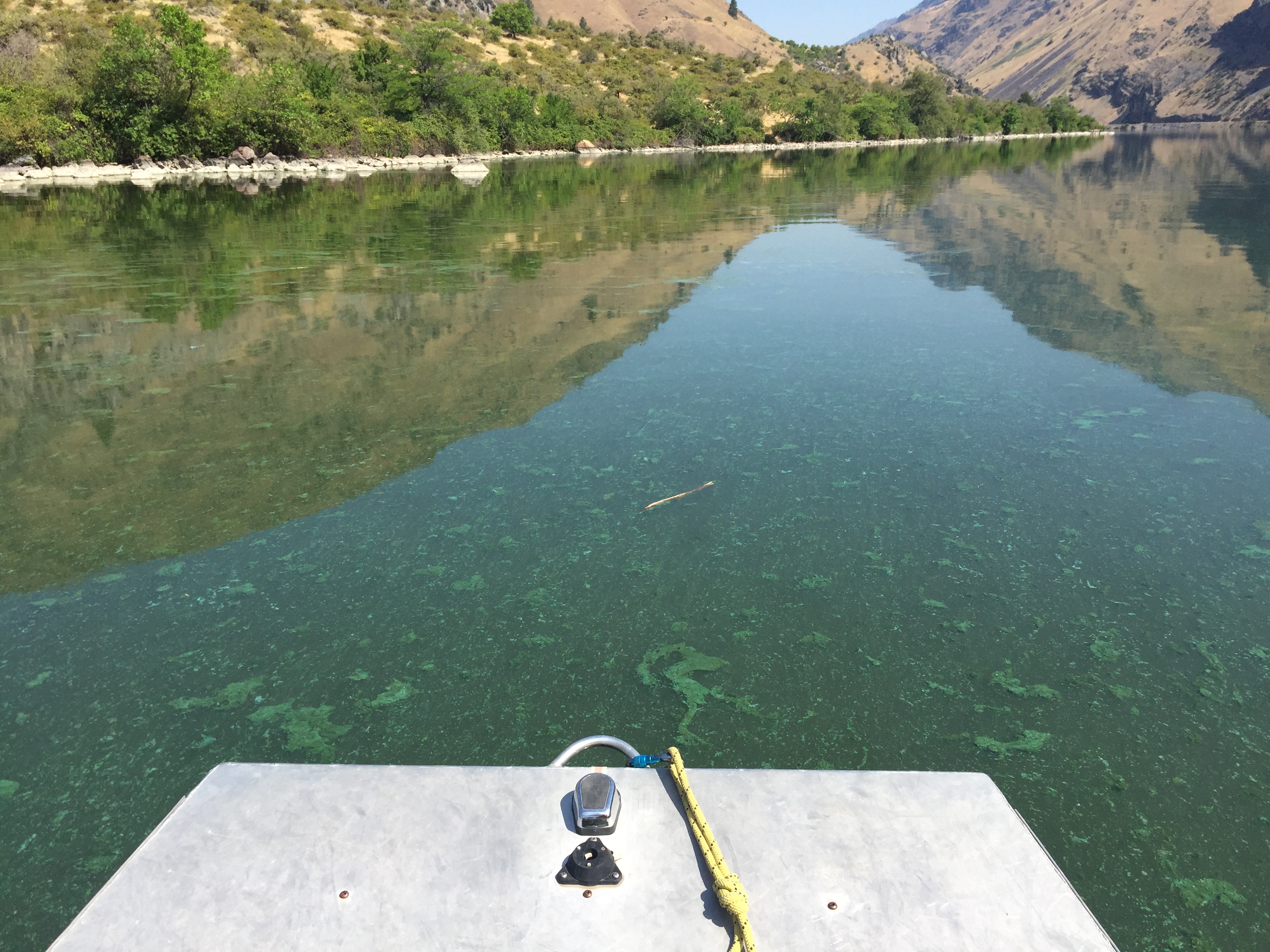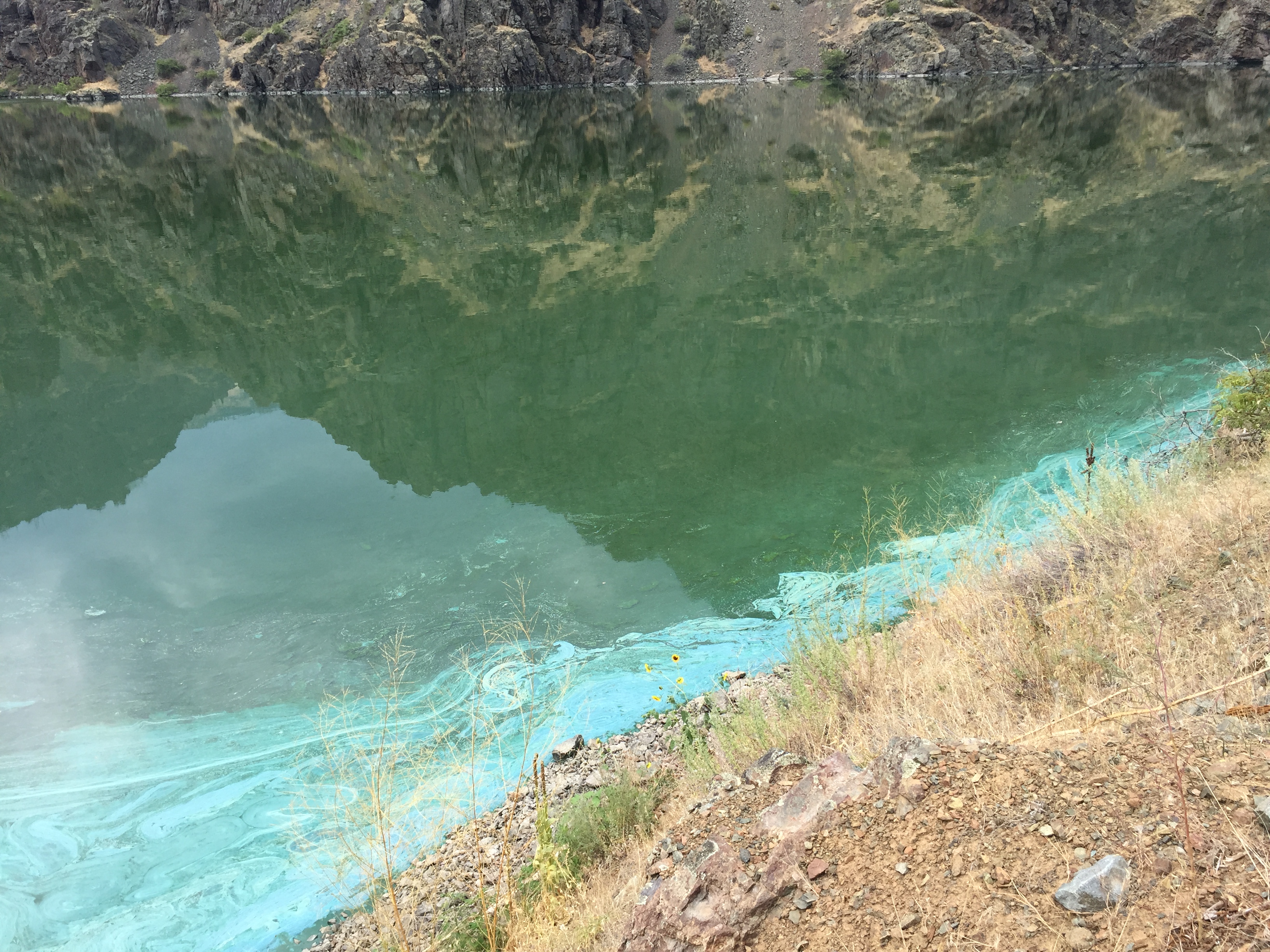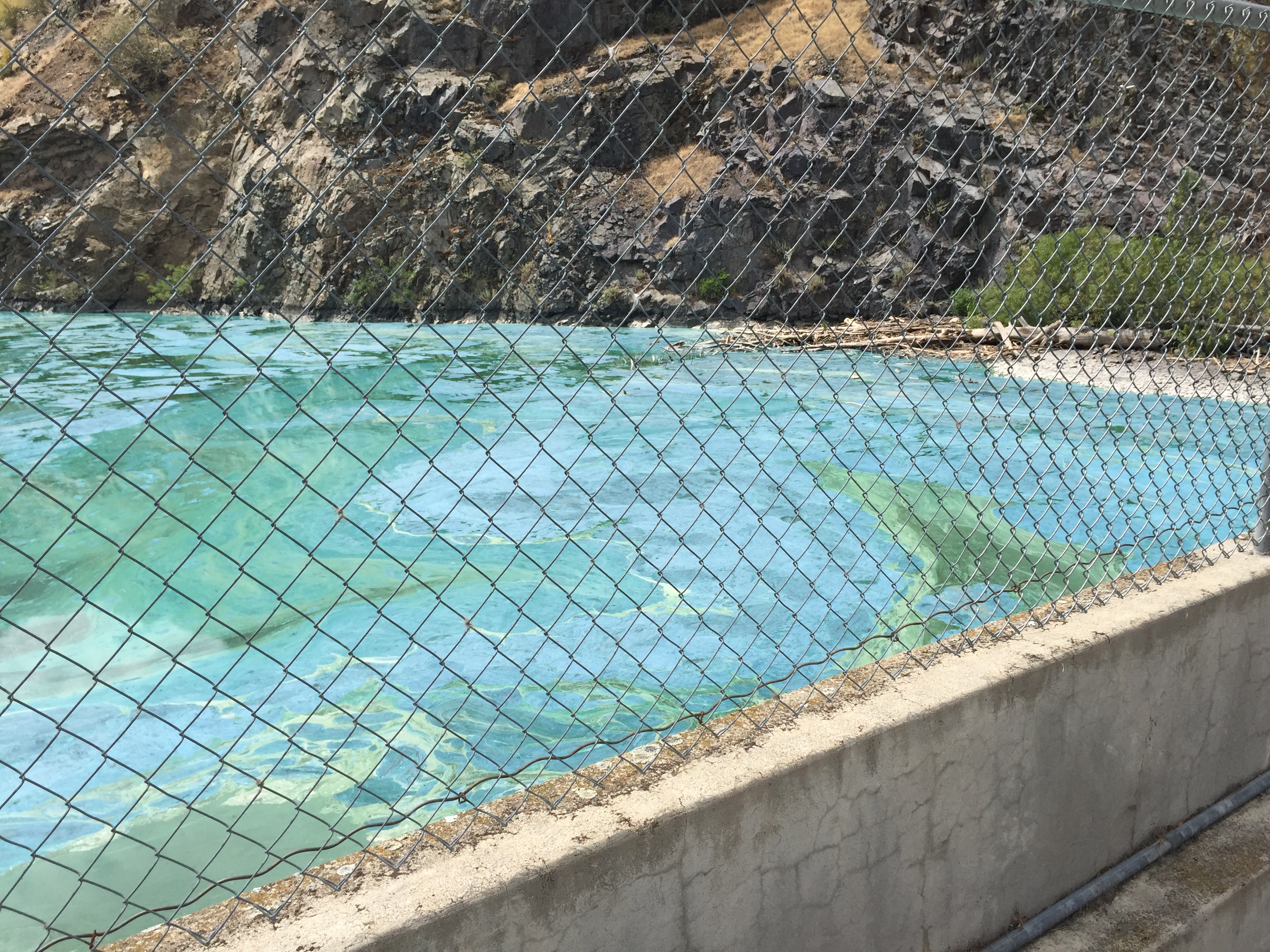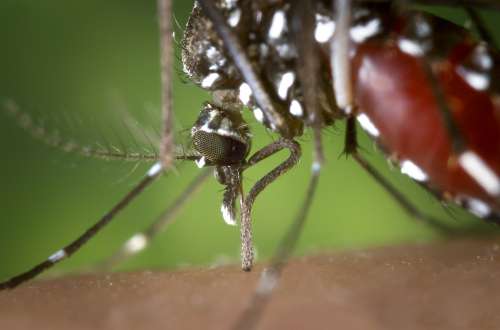FOR IMMEDIATE RELEASE
IDAHO DEPARTMENT OF HEALTH AND WELFARE AND PUBLIC HEALTH DISTRICTS ISSUE GUIDANCE FOR MASS GATHERINGS AND PUBLIC EVENTS
CALDWELL, IDAHO – Idaho Department of Health and Welfare and the seven local Public Health Districts have developed guidance for event and venue managers to assist with decisions regarding mass gatherings and public events during the COVID-19 pandemic.
Idaho public health experts, the Department of Health and Welfare and all local Public Health Districts, will support any decision made by a venue or event manager to postpone or cancel mass gatherings and public events. For the purpose of this guidance, mass gatherings and events are defined as a public gathering for business, social, academic or recreational activities including, but not limited to, community, civic, public, educational, leisure, or sporting events; parades; concerts; festivals; conventions; fundraisers; and similar activities.
Idaho public health experts recommend postponing or canceling mass gatherings and public events in any of the following situations:
- The event will draw audiences or participants from communities, states, or countries with confirmed community spread of COVID-19 disease. Your local public health district can assist you in making this determination.
- The event will be held indoors and bring together more than 250 individuals where social distancing of 6 feet or more is unlikely or not possible.
- The event’s primary audience includes or may expose high-risk populations, including adults over the age of 60 years and people with underlying chronic medical conditions like heart or lung disease or diabetes, regardless of the number of attendees.
Idaho public health experts recommend event and venue managers consider using virtual gatherings (e.g., webinar, video conferencing, live stream, etc.) as a mechanism to minimize the risk of COVID-19 exposure to the general public and vulnerable populations, when possible.
Idaho public health experts recommend that facilities housing large numbers of people (such as long-term care facilities, jails and corrections, shelters, etc.) implement policies now to minimize risk to their populations by limiting visitors, providing proper handwashing and hygiene facilities for staff, visitors and residents and enhancing screening for staff and visitors for symptoms of COVID-19.
Symptoms of COVID-19 generally include flu-like symptoms, a fever of 100.4°F or higher and/or respiratory infection symptoms including cough and shortness of breath.
There is currently no vaccine to prevent coronavirus disease 2019 (COVID-19). The best way to prevent illness is to avoid being exposed to this virus. We all must takes steps now to protect ourselves and others, including washing hands often, practicing social distancing–-keeping 6 feet between you and others, staying home if you are sick, covering coughs and sneezes, wearing a facemask only if you are sick, and cleaning frequently touched surfaces with bleach wipes or a sanitizing spray.
For more information and more details about novel coronavirus, visit https://www.cdc.gov/coronavirus/2019-ncov/cases-in-us.html
# # #
Media Contact:
Katrina Williams
Southwest District Health
Katrina.Williams@phd3.idaho.gov
(208) 455-5317 or (208) 899-1268
